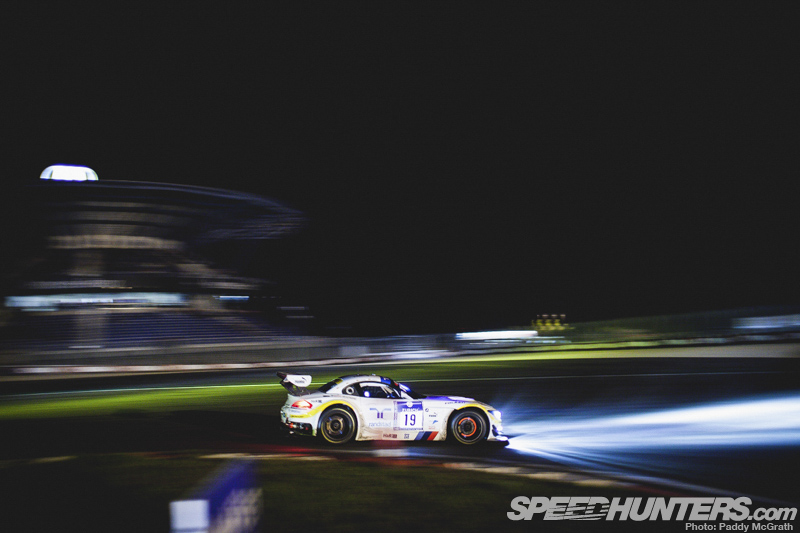
When we last spoke about the basics of photography we covered each section briefly, but we’re going to go back over some of the core functions of a camera and how they relate to automotive photography. In the latest part of our ‘How to Shoot Cars‘ series, we’re going to concentrate solely on shutter speed.
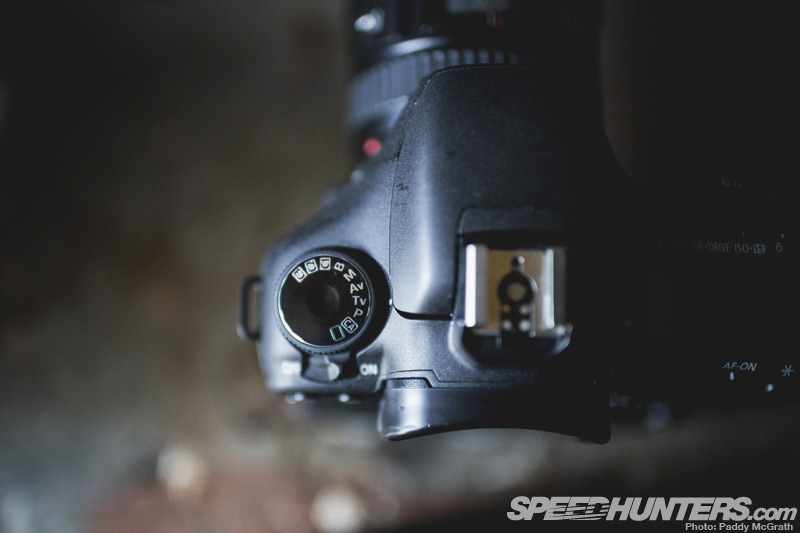
Rather than having you dig through links, this what we said about shutter speed in our basic guide:
Inside your camera, between the lens and the sensor is a vital piece of your camera: the shutter. The shutter performs two simple operations – to open and to close. Once opened, the shutter allows whatever light is passing through the lens onto the sensor. It’s easier to speak of this in film terms as the principles and results are the same, just the technologies vary. If you can envision that once the shutter opens, the light immediately begins to ‘burn’ the sensor, imprinting an image onto it. The shutter closes and the image is burned onto the sensor. Now if you can imagine the shutter opening for a longer period of time, not only is more light burning the sensor but the available light has more time to move about on the sensor. This can result in an overexposed (too bright) image or a blurry image. If you open the shutter for a shorter amount of time, the light may not have enough time to burn an image to the sensor resulting in an underexposed (darker) image.
Tv mode (S on Nikon) on your camera gives you full control of your shutter speed settings, whilst forcing the camera to calculate the correct corresponding aperture value.
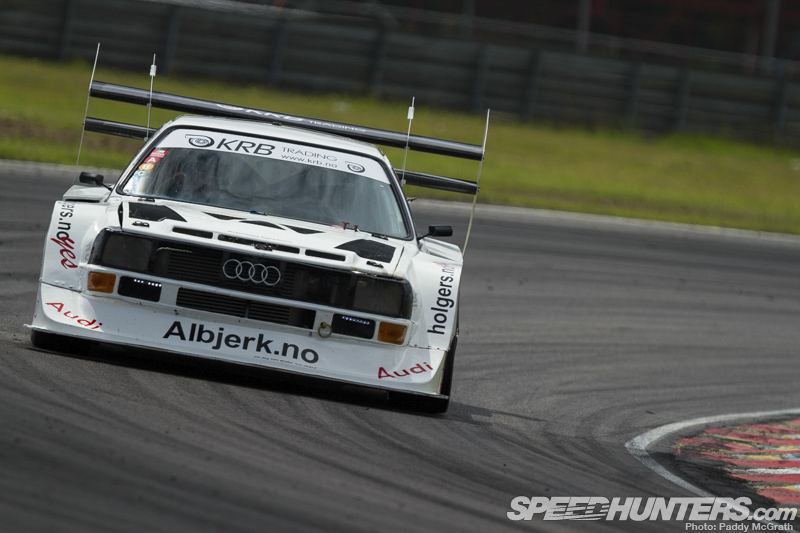
Now that we’re all on the same page again, we can talk about the correlation between shutter speed and automotive photography.
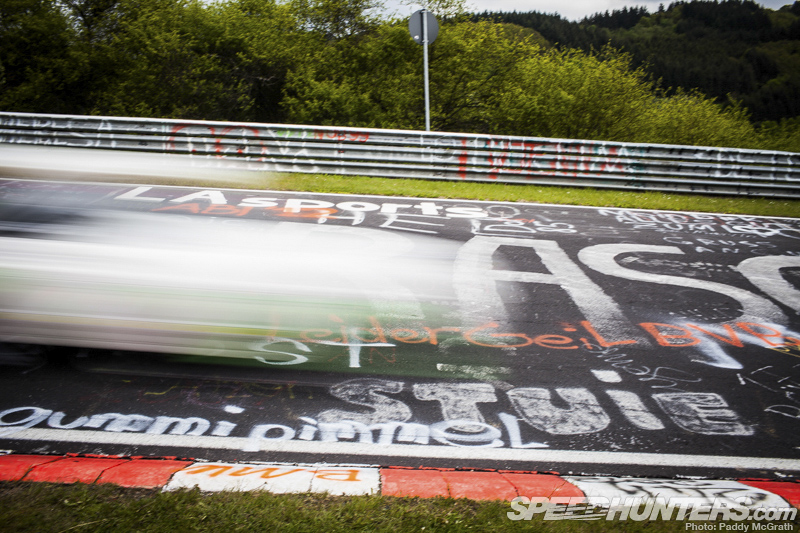
The primary duty of shutter speed in automotive photography is to display motion or the lack thereof depending on what you want. A simple rule of thumb is the slower the shutter speed, the more motion you can portray. The downside to this is the slower the shutter speed, the less likely you are to get a sharp shot. There’s no exact rulebook for this as every occasion will be different but if you want to show movement in your shots, start at 1/160th and review your images after a couple of shots. Not enough motion? Slow your shutter down some. Too many blurry photographs? Roll the wheel in the opposite direction and increase your shutter speed.
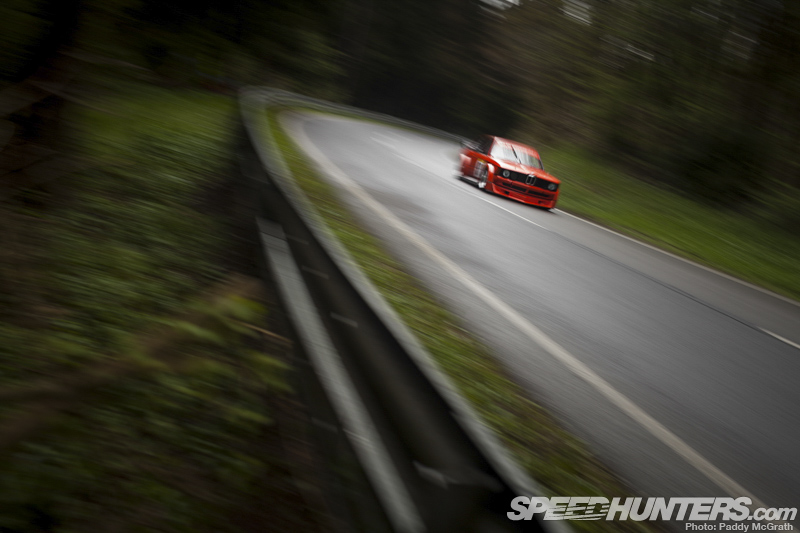
Canon EOS 5D MKII with Canon 35mm f/1.4 L, 1/15th, f/4, ISO50
The slower your shutter speed, the more you need to concentrate on moving the camera with the car as it passes by. This act is called panning and is something we will dedicate a full post to in the near future.
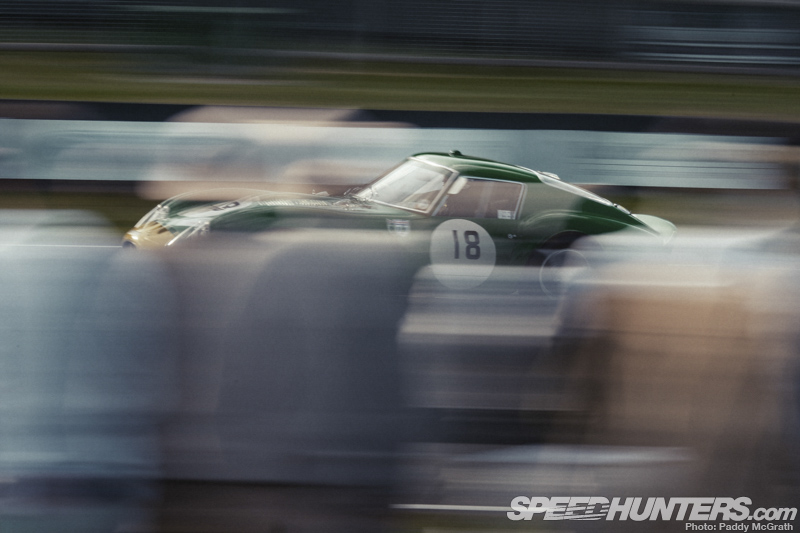
Canon EOS1D MKIII with Canon 135mm f/2 L, 1/25th, f/14, ISO100
You can use really slow shutter speeds to create abstract and interesting photographs when maybe your position isn’t ideal or you think you’ve exhausted the spot you’re shooting from.
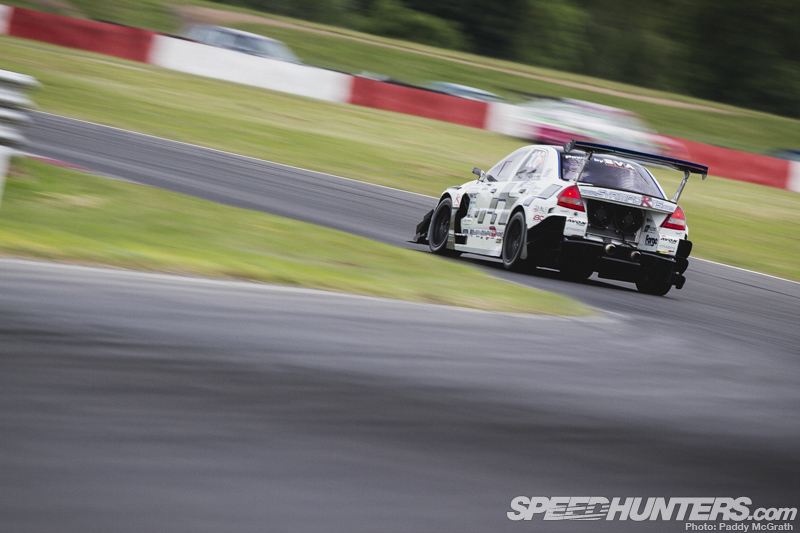
Canon EOS 7D with Canon 300mM f/2.8 L IS, 1/40th, f/7.1, ISO100
To set up a shot for some slow shutter panning, set your camera to Tv or S, find a nice location which will demonstrate lateral movement and choose a shutter speed outside your comfort zone. The downside being in a slow shutter frame of mind, is that if something sudden happens…
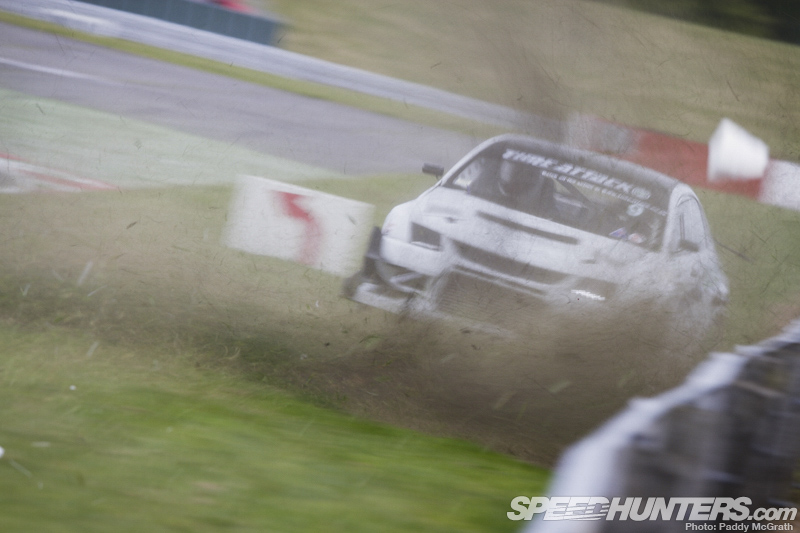
Canon EOS 7D with Canon 300mM f/2.8 L IS, 1/40th, f/7.1, ISO100
… you’re not set up for it. Had I been shooting fast shutter speeds, I would have caught this moment with a lot more clarity, detail and sharpness. C’est la vie.
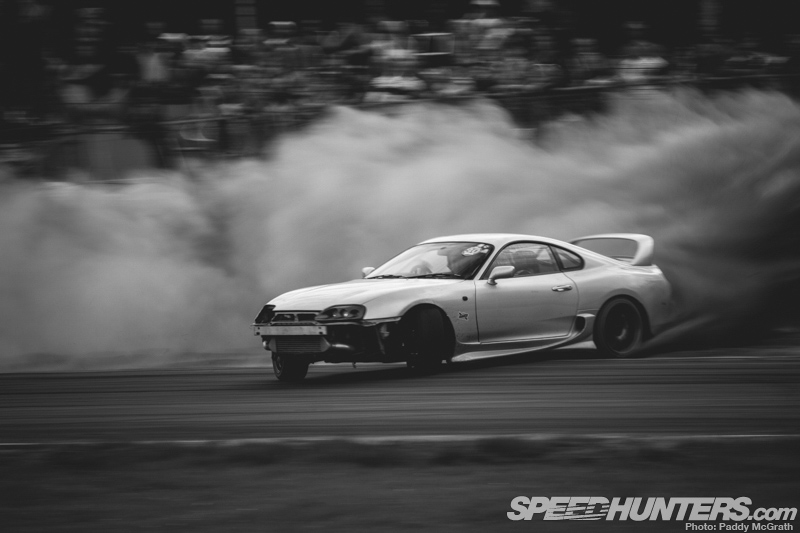
Canon EOS 7D with Canon 300mm f/2.8 L IS, 1/25th, f/11, ISO100
Sometimes, you do get lucky but this is the exception to the rule. No risk, no reward.
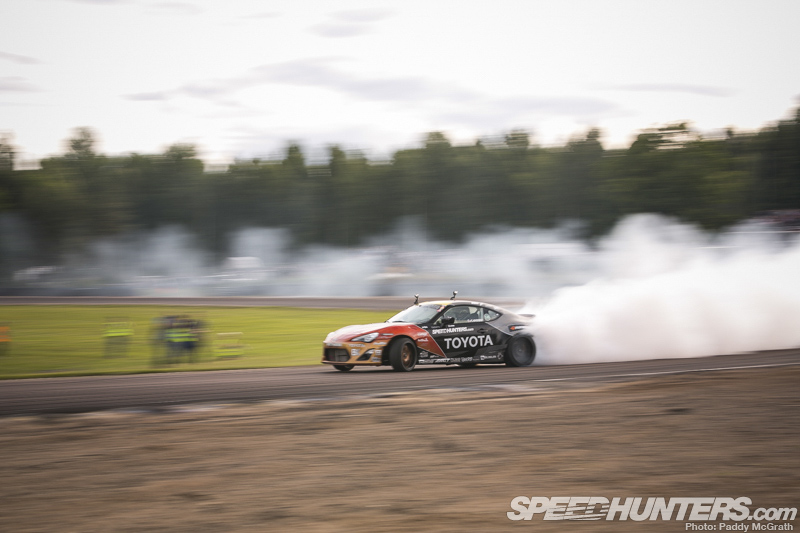
Canon EOS 5D MKIII with Canon 70-200mm f/2.8 L IS, 1/30th, f/8, ISO50 @ 70mm
Your choice of shutter speed can have quite a dramatic effect on the end product. Take this and the shot below as perfect examples.
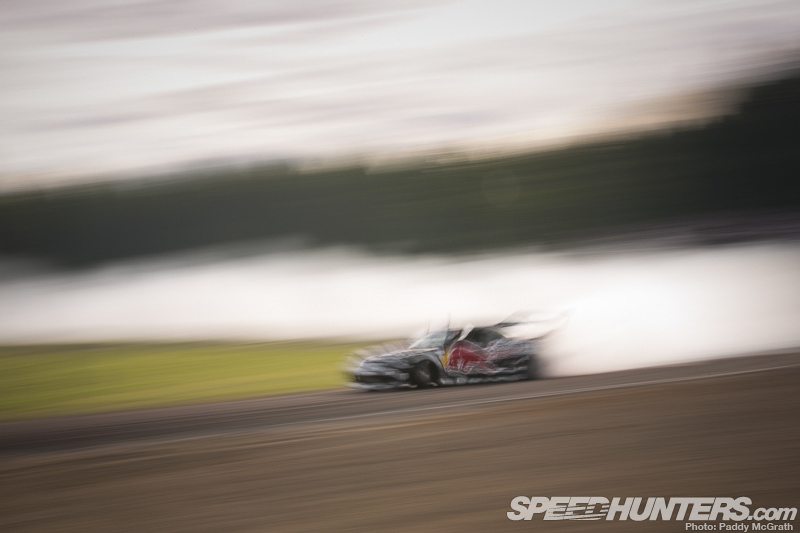
Canon EOS 5D MKIII with Canon 70-200mm f/2.8 L IS, 0.4s, f/32, ISO50 @ 70mm
Both shot minutes apart from the same location with the same camera and lens combination at the same focal length but the result is two completely different photographs. With the considerably slower shutter speed, you completely remove any distracting or unwanted objects or people from the background.
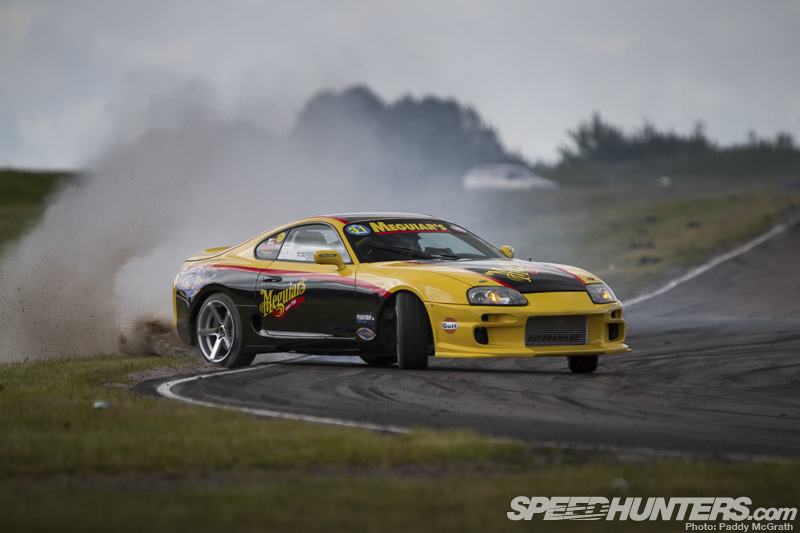
Canon EOS 7D with Canon 300mm f/2.8 L IS + 1.4X, 1/800th, f/4, ISO250
It’s a common misconception that motorsport shots which utilise fast shutter speeds are boring, as the wheels are often stopped and the car looks like it is parked on the track.
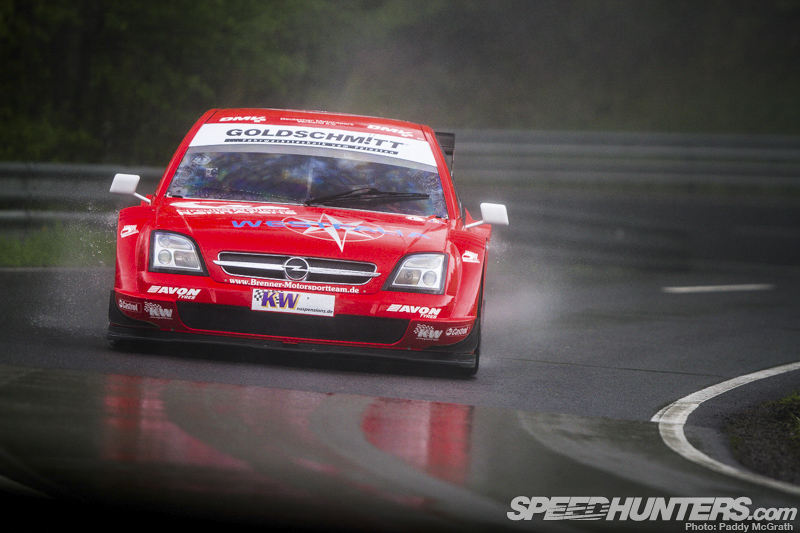
Canon EOS 7D with Canon 300mm f/2.8 L IS, 1/1250th, f/2.8, ISO400
However, it’s only a boring shot if there’s no thought put into it. If you want to capture minute details such as rocks flying or droplets of water being sprayed, then you need to shorten the amount of time that your shutter is open.
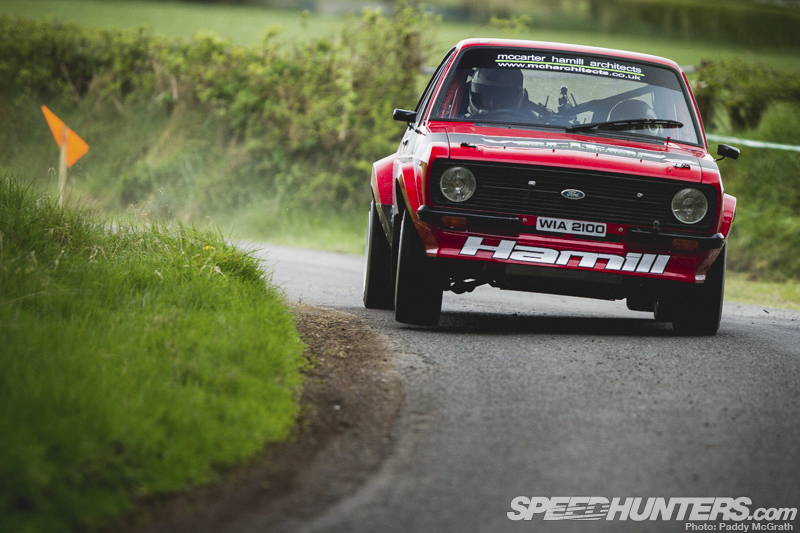
Canon EOS 7D with Canon 300mm f/2.8 L IS, 1/640th, f/2.8, ISO800
Because the shutter will be open for a much shorter period of time, you need to compensate for the shorter amount of time that the light will have to imprint an image onto the sensor. You can do this by shooting with a wider aperture (low f/number) or by increasing the sensor’s sensitivity to light (increase ISO) or a combination of the two.
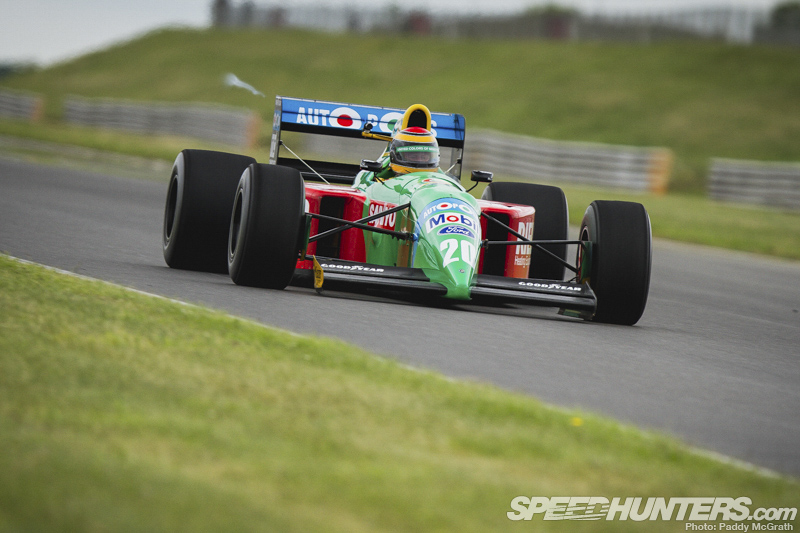
Canon EOS 7D with Canon 300mm f/2.8 L IS, 1/500th, f/2.8, ISO250
Generally speaking, when you’re shooting in Tv or S mode, your camera will automatically attempt to do this for you but if you have manually set your ISO, you might see your aperture value flash at you through the view finder. This means that the shutter speed is too fast and something needs to be adjusted to achieve a correct exposure. You might notice that most of my fast shutter speed work, is generally head-on or rear shots where it’s difficult to display the motion as the car travels towards you.
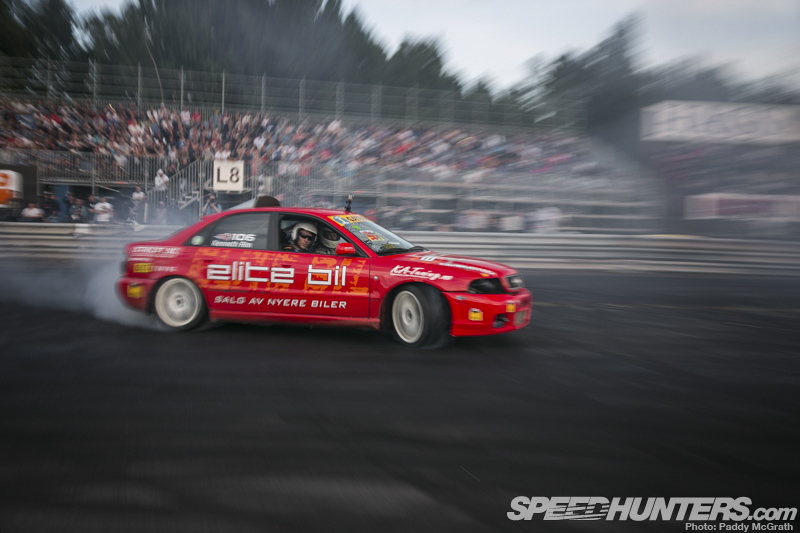
Canon EOS 5D MKIII with Canon 24-105mm f/4 L IS, 1/30th, f/5, ISO100 @ 45mm
That’s not saying that you can’t show motion if a car is coming towards you. If you use a moderately slow speed and a zoom lens, you can zoom out as the subject comes towards you to create a ‘zoom burst’ effect. In fact you can try this on non-moving subjects too, just set your camera to a slow shutter speed and zoom in/ out really quickly whilst shooting to see what I mean.
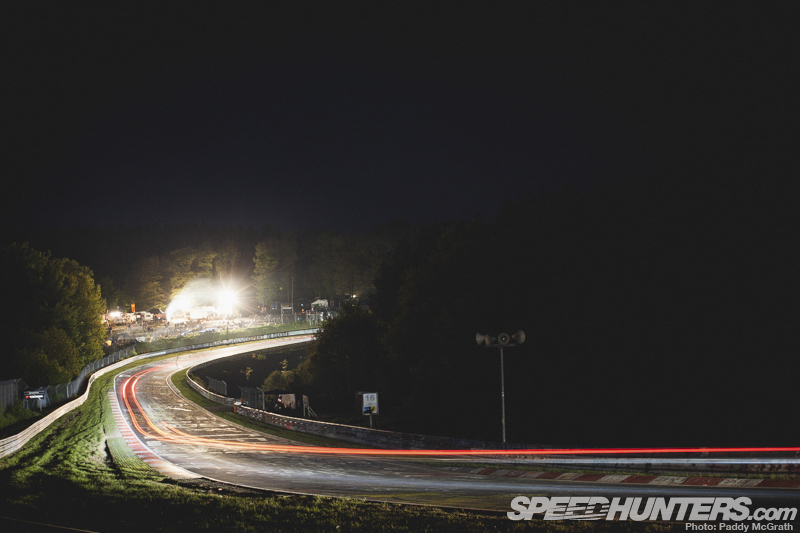
Canon EOS 5D MKIII with Canon 17-40mm f/4 L, 8s, f/8, ISO800 @ 40mm
There are other uses for slower shutter speeds that don’t involve panning. With the camera steadied on a tripod, you can use long exposures (I’m talking up to and above 30 seconds) for effective night time photography.
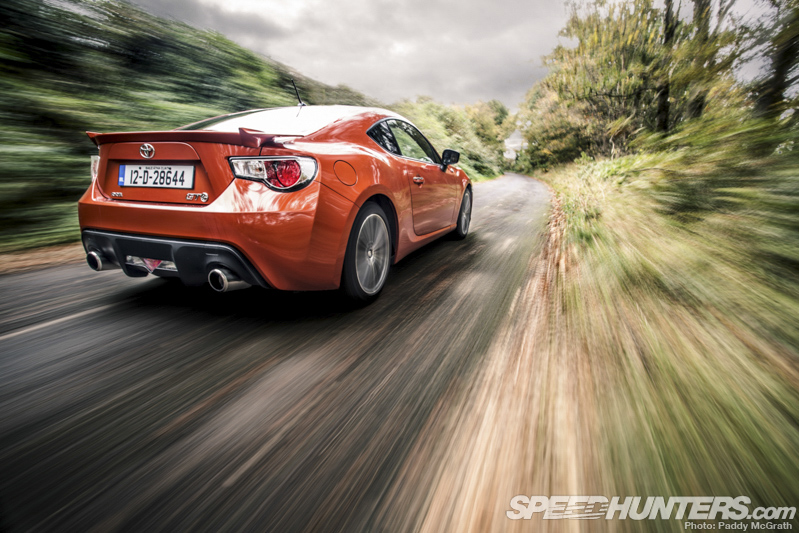
Canon EOS 5D MKIII with Canon 17-40mm f/4 L, 0.5s, f/8, ISO100 @ 17mm
On a similar note, with the camera secured to the car with a rig you can use a much longer shutter speed to create a false sense of speed. The car was travelling no faster than at walking pace, but because the camera is travelling with the car at precisely the same speed, it remains sharp whilst the rest of the world blurs past.

Canon EOS 5D MKIII with Canon 24-105mm f/4 L IS, 1/15th, f/4, ISO100 @ 24mm
A tracking or car-to-car shot requires a different technique. Because you’re hand-holding the camera and there will be a variation in speed between the subject car and camera car, you’re dealing with faster shutter speeds than a rig shot. A good rule of thumb is to set the shutter speed to whatever speed the cars are doing i.e. 40mph at 1/40th, 80mph at 1/80th. The most important thing to demonstrate in a tracking or rig shot for that matter is a sufficient amount of movement in the ground and the wheels of the car whilst the car’s body remains sharp.
We’ve covered panning (briefly), the effects of slow and high shutter speeds, zoom burst, long exposures, rig and tracking shots. These cover most of the situations you could ever find yourself in when shooting cars. As I said earlier, there are no exact numbers to remember and you will need to spend a lot of time experimenting and practising to find what suits your style and vision best. As always, if you have any questions, please feel free to ask them below.
Safe Shooting.
Paddy McGrath
Twitter: @PaddyMcGrathSH
Instagram: speedhunters_paddy
paddy@speedhunters.com
The Speedhunters Photography Guide
Photography Related Stories on Speedhunters






What happened to this article?
Where is this article?
Really interesting post to guide us on how to shoot <a href="http://upcomingcarsindia.org/">cars </a> in well manner and in proper way. Thanks.